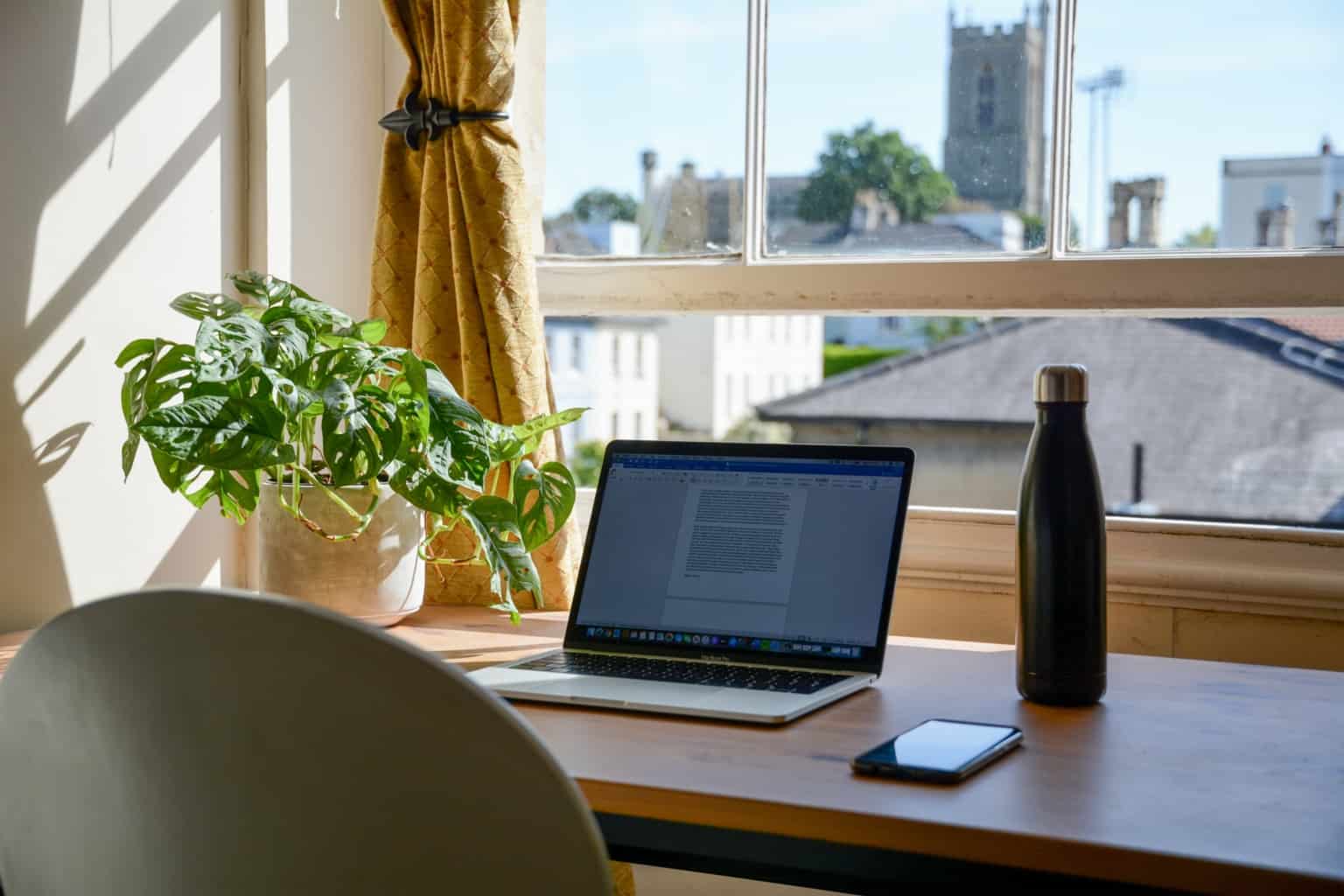If you have ever worked from home – either regularly or every now and then – Please read this!
- Traditional fixed-rate method – 52c per hour covering electricity, cleaning, and depreciation on home office furniture and equipment. Internet, phone, and stationery could be claimed separately.
- Covid short-cut method – 80c per hour covering electricity, cleaning, depreciation on home office furniture and equipment, internet, and phone. Stationery could be claimed separately.
- Actual method – portion of actual costs, based on either usage or the size of your office depending on the type of expense.
The Revised Fixed-Rate Method
The new hourly rate is 67c per hour.
It covers internet, phone, electricity, stationery, and other work-related consumables.
Depreciation on home office furniture and equipment can be claimed separately.
You do not need to have a dedicated work area or office to use the new method.
If more than one person works from home, then each of you may choose to use different methods.
ie, one might prefer the Revised Fixed-Rate Method, and the other might prefer the Actual Method.
If at least one person in the household is using the Actual Method, then it is important to apportion any joint expenses (eg. electricity, internet etc) so that there is no double up in the deductions claimed.
If you use the Revised Fixed-Rate method, you cannot also claim separately for mobile phone and internet. This is different to what has been done in previous years.
You will only be able to claim the Revised Fixed-Rate Method for hours worked at home. Any phone usage outside the home is ignored and not claimable.
If you are living with your parents, and even if you are paying board to them, then you might not be able to use the Revised Fixed-Rate Method at all.
What happens if an invoice or bill is in someone else’s name – for example, if the electricity bill is in one spouse’s name only?
If you want to use the Revised Fixed-Rate Method, and one of the included expenses is not in your name, and someone else has paid the bill from their own bank account (ie, not a joint account), then:
You will need to keep evidence that you have contributed towards the payment of the expense. The person who actually paid the bill will need to provide you with a written receipt as evidence of your contribution towards the expense.
In this scenario, if you do not contribute towards the payment of the expense, then you cannot use the Revised Fixed-Rate Method.
Yes this applies even between spouses for joint household bills such as electricity and internet – and yes that makes no sense in the real world!
If the expense is paid from a joint bank account, and you contribute funds into that account, then at is counted as contributing to the expense and receipts aren’t necessary.
Record Keeping Requirements Have Changed!
Importantly, the new rules require more detailed record-keeping than in previous years. If you do not keep all of the required records then you may not be able to claim any deduction for home office expenses from the 2023 financial year onwards.
Records you must keep, to be eligible to use the Revised Fixed-Rate Method:
- Record of actual hours worked from home, and
- Proof of additional running expenses, and
- (where relevant) Evidence you have contributed towards bills that are not in your name
Record of actual hours worked from home – for the period 1 July 2022 to 28 February 2023:
You will need to keep a record of the estimated total number of hours worked during this period. A detailed logbook is not required, however you must be able to substantiate the number claimed.
Record of actual hours worked from home – for the period 1 March 2023 onwards:
You will need to record the actual hours worked from home – logbook or timesheet-style.
Estimates are no longer sufficient. Only actual contemporaneous records will do.
This record must be kept for every day that you work from home. An estimate based on a logbook kept for only a period of time (such as is the case for vehicle deductions), will not be accepted by the ATO.
Proof of additional running expenses:
For each financial year, you will also need to keep:
At least one monthly or quarterly bill for each of – internet, phone, electricity.
Stationery and consumables – receipts for at least one item purchased
Depreciation on home office furniture and equipment
Depreciation isn’t included in the Revised Fixed-Rate Method, and so can be claimed separately.
To claim a deduction for this, you will need:
- Copies of al receipts or invoices – EFTPOS receipts are usually not sufficient, unless they include details of what was purchased
- If any equipment is not used 100% for work, then you will need to keep a logbook for a representative 4 week period, showing all personal and work-related use.
The Actual Method
Given the relatively low rate per hour of the Revised Fixed-Rate Method, you might prefer to keep your options open and be able to claim whichever of the two methods – Revised Fixed-Rate or Actual – gives you the best outcome. To do this, you will need to meet the record-keeping requirements of both.
This is what you will need to be able to use the Actual Method:
(Not all of these will be relevant to everyone)
Proof that you worked from home
You can either:
- Record the actual number of hours worked from home during the year (you might already have this as part of the requirements for the Revised Fixed-Rate Method)
- Keep a logbook for a representative 4 week period to show the usual pattern of working from home
- Use your electricity bill to calculate the average cost of electricity per hour (ie, the cost per unit of power multiplied by the average number of units used per hour)
- Multiply that by the number of hours worked from home.
To claim a portion of cleaning expenses, you first need to calculate the portion of your house that is your home office:
- Determine the size of your house in square metres
- Determine the size of your home office in square metres
- Divide the size of your office by the size of your house and multiply by 100, to get a percentage
- Multiply that percentage by the cost of cleaning
Also remember to include the use of streaming services such as Netflix and Spotify in your logbook as personal usage – subscription and data costs are not deductible just because you listen to them while working!
And lastly...
The definition of “working from home” means that that work undertaken at home must be substantive and directly related to income producing purposes. Minimal tasks such as checking emails or taking phone calls at home do not count.
You do not need to incur every expense that is covered by either method in order to use that method.
The new rules – and especially the record keeping requirements – are far more complex than in previous years. And you can be sure the ATO will be enforcing them.
Please do get in touch if you would like to discuss how these changes affect you.
The ATO’s Practical Compliance Guideline for the Revised Fixed-Rate Method is here.
The ATO has also published a detailed article of Work From Home deductions here.















